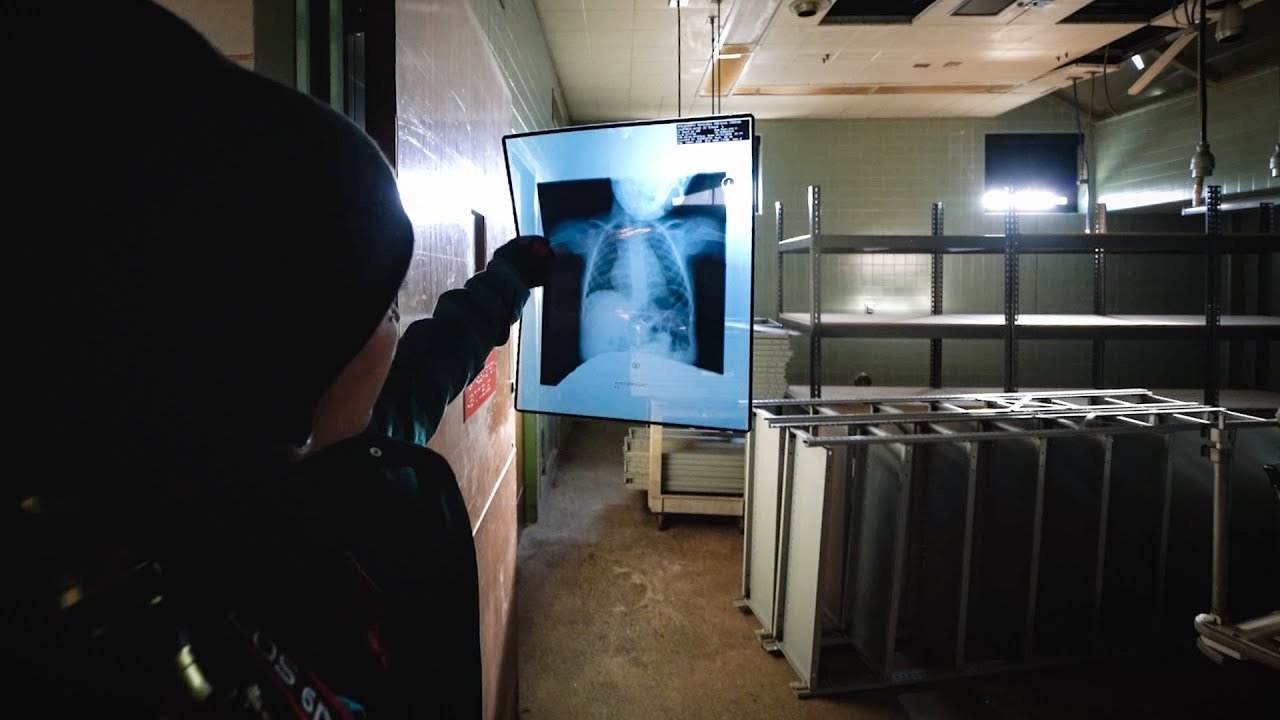When your website suddenly throws a Error Code 526 at you, it could feel like being locked out of your own house – frustrating! This error often indicates a hiccup with your SSL certificate validation, usually thanks to a misconfigured SSL on your origin server. Let’s dive into the nitty-gritty of this issue, how to fix it, and ultimately keep your online space secure and accessible.

Understanding Error Code 526
So, what exactly is Error Code 526? Imagine it as a door that won’t open because the key is a little bent. It all comes down to Cloudflare trying to connect to your website over HTTPS. If your origin server doesn’t have a valid SSL certificate, the result is a big, fat error. It’s like trying to play a song on a guitar but one of the strings is broken. You can’t expect a melodious sound with something off-key, right?

Common Causes of Error 526
- Misconfigured SSL Certificate: Sometimes, the certificate isn’t set up correctly, leaving Cloudflare scratching its head.
- Expired SSL Certificate: Like milk in the back of your fridge, an out-of-date SSL certificate can spoil your secure connections.
- Only HTTP Available: If your server only runs HTTP without SSL, you’re in for some trouble with that pesky error.
How to Identify SSL Configuration Issues
As a self-proclaimed sailor navigating the digital oceans, I’ve learned that identifying these SSL configuration issues can be somewhat of an adventure! Start by checking your origin server’s settings. That can reveal any unintended mischievous modes. To assist, you could use tools like SSL Labs’ SSL Test to pinpoint configuration flaws faster than a hawk spotting its prey.

Steps to Fix Error Code 526
Here’s a handy dandy guide for fixing the Error Code 526: First, take a deep breath. Don’t panic! Next, check if you’ve got the right SSL certificate installed on your origin server. If not, you might need a new one. Afterward, ensure your certificate isn’t expired or revoked. That’s like making sure the Wi-Fi is working before launching into a new episode of your favorite show… crucial!
Checking Your SSL Certificate Status
Imagine the elderly neighbor down the street peering over their glasses, making sure everything in their yard is up to snuff. That’s what checking your SSL certificate is all about! Use online tools like SSL Shopper or Why No Padlock? They’ll help you determine if your certificate’s active or on life support. And please, don’t rule out the basics: double-checking your expiration date is key here!

Configuring SSL on Your Origin Server
Getting the SSL configuration right can feel like piecing together a puzzle. You need each piece snugly in place for the picture to make sense. Depending on your server type (like Apache or Nginx), the configuration steps can differ slightly. But once you’ve set this up, it’s smooth sailing ahead. Don’t forget to restart your server after changes; otherwise, it’s like trying to plug in a lamp that isn’t turned on. Spoiler alert: no light!

Using Cloudflare’s SSL Options Effectively
Cloudflare offers several SSL options, some as varied as toppings on a pizza! You can choose from Flexible, Full, or Full (Strict). Each one serves a different purpose. If you’re unsure which to pick, think about how secure you want your site to be. It’s all about that security cheese! Honestly, the stronger the security, the better your web space will hold up against any sneaky cyber-bugs.
Testing Your Website After Fixes
After you make those fancy changes, it’s time to test the waters. Just like you wouldn’t dive into a pool without checking the depth, you wouldn’t want to leave your site untested. So, visit your website and ensure everything loads without a hitch. Checking for SSL errors is paramount, and you could also clear your browser’s cache to see the new changes. If it feels like magic, it means you did it right!
Conclusion: Preventing Error Code 526
To wrap things up, staying on top of your SSL certificates is like keeping your car well-maintained – it just makes life easier! By following the steps outlined above and keeping a close eye on the health of your certificates, you can prevent Error Code 526 from crashing your secure party. Remember, a secure site not only protects you but builds trust among your users. And trust me, the last thing you want is a visitor fumbling around your site thinking it’s a haunted house!
So, keep calm, double-check your SSL settings, and you’ll be shining on the internet highway like a beacon of secure excellence!






















